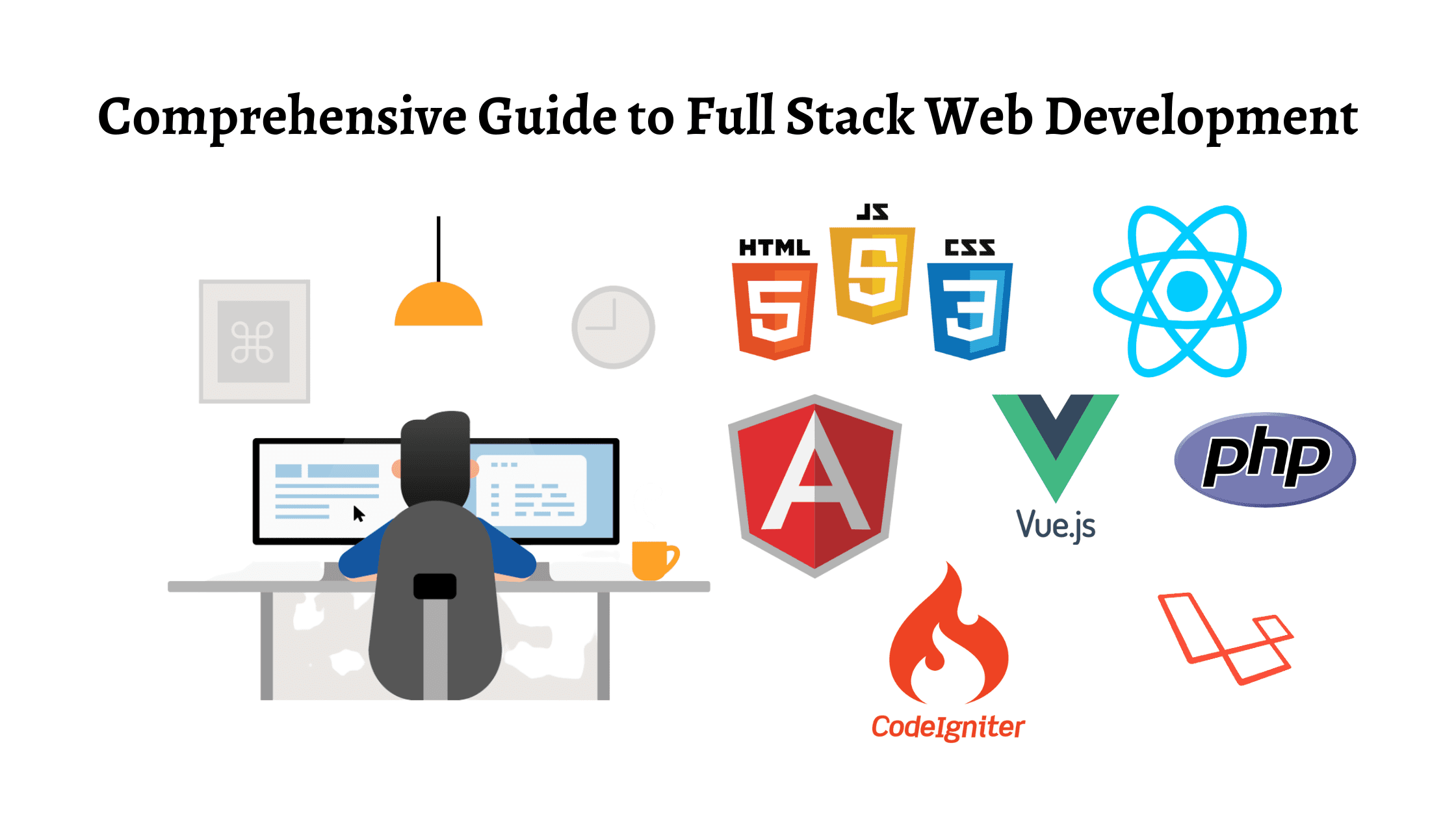Darsazma News Hub
Your go-to source for the latest news and insightful information.
Full-Stack Follies: The Hilarious Side of Balancing Frontend and Backend
Discover the funny mishaps of juggling frontend and backend development in Full-Stack Follies—where code meets comedy!
Debugging Disasters: When Frontend Friction Meets Backend Blunders
In the fast-paced world of web development, debugging disasters can often stem from a clash between frontend friction and backend blunders. When a website functions smoothly on the surface but delivers errors from the server-side, users experience frustration that can lead to a loss of trust. Effective debugging requires developers to understand both ends of the spectrum, ensuring that client-side interfaces communicate seamlessly with server-side processes. Common issues include AJAX calls timing out, API responses being delayed, and mismatches in data formats, which can all contribute to a rocky user experience.
To mitigate these challenges, it's essential to adopt a systematic approach to debugging. Here are key steps to tackle these debugging disasters:
- Isolate the Issue: Determine whether the problem originates from the frontend or backend.
- Check Network Requests: Use tools like browser developer consoles to monitor API interactions.
- Review Error Logs: Always examine server logs for any reported issues.
- Collaborate: Work closely with team members from both frontend and backend teams to identify the root cause.
By employing these strategies, developers can bridge the gap between frontend and backend, minimizing friction and creating a more cohesive web experience.

The Balancing Act: Tips for Juggling Frontend and Backend Responsibilities
In the world of web development, achieving a harmonious balance between frontend and backend responsibilities is crucial for delivering a seamless user experience. Developers often find themselves at a crossroads, where understanding both sides can significantly enhance the quality of the product. To effectively juggle these responsibilities, consider adopting an organized approach:
- Prioritize Learning: Dedicate time each week to sharpen your skills in both frontend and backend technologies.
- Use Agile Methodologies: Implement agile practices to manage tasks and keep track of progress efficiently.
- Communicate Clearly: Foster open communication between frontend and backend teams to ensure alignment and collective problem-solving.
Additionally, it’s essential to recognize the common challenges that may arise while performing a balancing act between these two realms. Developers can sometimes feel overwhelmed by the complexity of incorporating various frameworks and languages. To alleviate this, use the following strategies:
- Set Realistic Goals: Break projects down into manageable components to avoid burnout.
- Seek Feedback: Regularly solicit input from peers on both frontend and backend work to ensure a smoother integration.
- Stay Updated: Follow industry trends to understand emerging tools that can simplify your workflow.
Frontend vs. Backend: Which Team Can Out-Fun the Other?
The debate between Frontend and Backend developers isn't just about who writes better code; it's also about which team can have more fun while doing it. Frontend developers are often seen as the creative jugglers, turning designs into interactive elements that users enjoy. They get to play with colors, animations, and layouts, bringing websites to life and prioritizing user experience. In contrast, backend developers are the unsung heroes, working behind the scenes to build the architecture that supports everything from database management to server logic. While they might not get the visual glory, they certainly have their share of fun with problem-solving and data handling challenges.
Ultimately, both teams have their unique reasons to celebrate. For the Frontend team, a successful launch of a beautifully designed interface often leads to team cheers and social media accolades. Meanwhile, Backend developers find joy in optimizing systems and ensuring seamless functionality, often reveling in the thrill of solving complex issues. The real question might be, how can both teams come together to elevate the fun quotient? By collaborating more closely and engaging in friendly competitions, like hackathons or fun coding challenges, both teams can leverage their strengths and create an environment that’s enjoyable for all, fostering camaraderie and a shared sense of accomplishment.